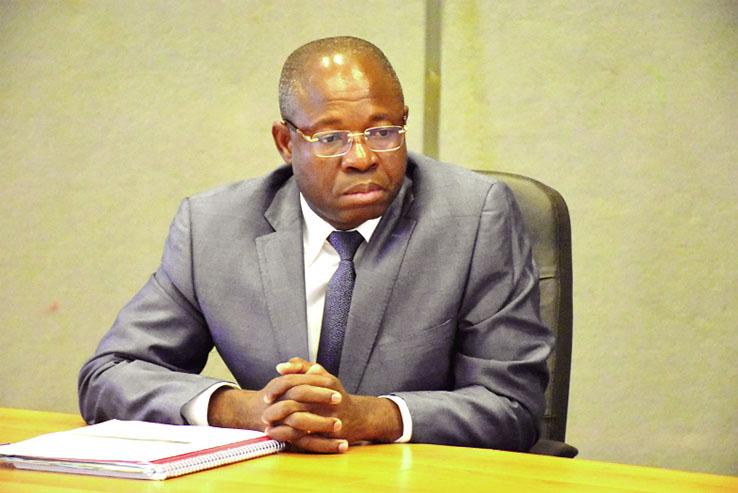Burkina Faso Taps WAEMU Market for Debt Financing
Burkina Faso raises 32.999 billion XOF on WAEMU markets, enhancing fiscal space while reducing foreign currency risk; proceeds could support infrastructure, jobs, and GDP growth if efficiently allocated.

Burkina Faso’s Public Treasury successfully raised 32.999 billion CFA francs (XOF) on the WAEMU regional financial market on 7 November 2025, signaling active government engagement with domestic and regional capital markets. This successful issuance reflects the country’s ongoing, strategic efforts to finance its national budget while deliberately reducing dependency on external borrowing in volatile foreign currency. With a GDP of roughly US $18 billion in 2024 and a public debt ratio estimated at a moderate 52 percent of GDP, Burkina Faso’s treasury operations are closely monitored by investors for indications of sustained fiscal discipline, debt sustainability, and the government’s capacity to effectively mobilize resources for productive, high-return investment.
Mechanistically, the issuance was carefully structured through WAEMU regional bonds, denominated in the local currency, the XOF. This mechanism allows the government to efficiently tap a deep and stable pool of institutional investors across the eight member states, including commercial banks, domestic pension funds, and regional insurance companies. Such local-currency instruments critically mitigate foreign exchange risk and provide a necessary hedge against currency depreciation that could otherwise severely amplify debt-service obligations. The strong success of the subscription indicates sustained investor confidence, even amid macroeconomic uncertainties, including moderate inflation (around 5.9 percent in 2024) and external pressures from global commodity price fluctuations that directly affect Burkina Faso’s key export revenues, particularly in gold and cotton.
The macroeconomic implications of this borrowing are multifaceted and carry both opportunity and risk. On one hand, raising funds through domestic or regional markets significantly strengthens monetary sovereignty and reduces reliance on volatile international capital flows. If the proceeds are allocated efficiently—for critical infrastructure, health, education, or productive sectors—the issuance can generate a substantial multiplier effect, boosting GDP growth that averaged 5.2 percent in 2024 and potentially generating 40,000 to 50,000 direct and indirect jobs over a two- to three-year horizon. On the other hand, misallocation or over-reliance on debt-financed consumption could rapidly exacerbate fiscal vulnerabilities, pushing debt ratios higher and potentially crowding out private-sector credit. The interest rate environment, reflected in yields of about 6.5 percent for this issuance, indicates moderate borrowing costs, yet true sustainability depends entirely on effective debt management and disciplined repayment capacity.
From a market perspective, the successful issuance serves as a strong signal of liquidity and operational depth in WAEMU’s regional capital markets. The investors’ strong willingness to subscribe reflects confidence both in Burkina Faso’s macroeconomic management and in the BCEAO’s effective oversight of regional financial stability. Domestic and regional financial institutions may also experience increased interbank activity, as government securities provide a reliable benchmark for pricing and risk management across the region. Moreover, successful treasury operations can attract further investment, as regional capital markets gain credibility and maturity, thereby encouraging other member states to issue debt under similarly favorable terms and reinforcing the XOF as a stable regional investment currency.
Forward risks remain notable and require active management. Burkina Faso faces ongoing and significant fiscal pressures due to persistent security challenges in the Sahel region, which could inevitably divert scarce resources from productive investment and substantially increase mandatory security expenditures. Global commodity price volatility, particularly in its key exports of gold and cotton, could adversely affect revenue projections and repayment capacity. Additionally, over-reliance on regional debt without complementary, aggressive revenue mobilization risks raising debt-service ratios, potentially crowding out essential development spending. Finally, inflationary pressures or monetary tightening undertaken by the BCEAO in the CFA zone could negatively impact yields and future investor appetite for subsequent issues.
Looking ahead, measurable indicators over the next 12–24 months will be crucial for determining the effectiveness of this strategy. Key metrics include the debt-to-GDP ratio (target: maintain below 55 percent), the proportion of public investment financed through domestic/regional borrowing (target: 60 to 70 percent), the yield trends on subsequent issuances, and the transparent allocation efficiency of funds toward productive sectors. If these indicators are successfully met, Burkina Faso can demonstrate both fiscal prudence and the strategic use of regional capital markets to support economic growth, reinforcing confidence among investors and laying a foundation for sustainable long-term development.





